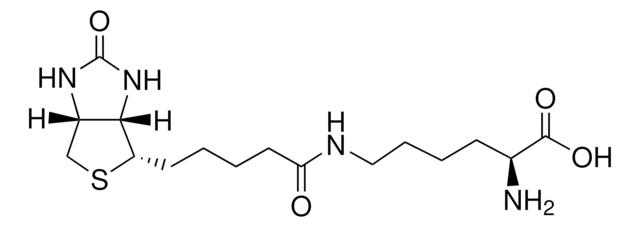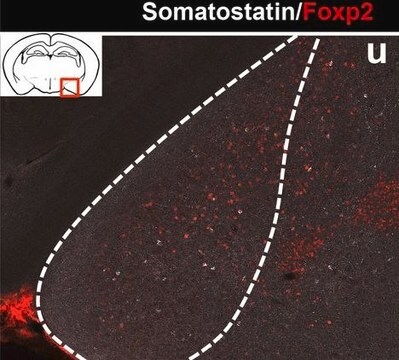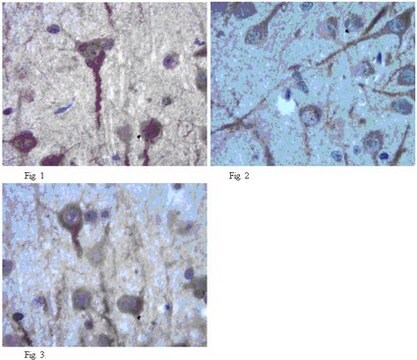B1758
Biocytin hydrochloride
≥98% (TLC), suitable for drug transporter assays
Synonym(s):
Nε-Biotinyl-L-lysine
About This Item
Recommended Products
product name
Biocytin hydrochloride, ≥98% (TLC)
Assay
≥98% (TLC)
form
powder
technique(s)
drug transporter assay: suitable
color
white to off-white
storage temp.
−20°C
SMILES string
Cl.NC(CCCCNC(=O)CCCCC1SCC2NC(=O)NC12)C(O)=O
InChI
1S/C16H28N4O4S.ClH/c17-10(15(22)23)5-3-4-8-18-13(21)7-2-1-6-12-14-11(9-25-12)19-16(24)20-14;/h10-12,14H,1-9,17H2,(H,18,21)(H,22,23)(H2,19,20,24);1H
InChI key
FMGQMNFQNPUYBS-UHFFFAOYSA-N
Related Categories
Application
- Biotinylated dextran amine and biocytin hydrochloride are useful tracers for the study of retinal projections in the frog.: This paper highlights the application of biocytin hydrochloride in tracing retinal projections in amphibians. The study demonstrates the efficacy of biocytin hydrochloride in neuroanatomical mapping, facilitating research in visual system development and function (Scalia et al., 1997).
Biochem/physiol Actions
Storage Class Code
11 - Combustible Solids
WGK
WGK 3
Flash Point(F)
Not applicable
Flash Point(C)
Not applicable
Personal Protective Equipment
Regulatory Listings
Regulatory Listings are mainly provided for chemical products. Only limited information can be provided here for non-chemical products. No entry means none of the components are listed. It is the user’s obligation to ensure the safe and legal use of the product.
JAN Code
B1758-BULK:
B1758-5MG:
B1758-250MG:
B1758-100MG:
B1758-50MG:
B1758-VAR:
B1758-25MG:
Certificates of Analysis (COA)
Search for Certificates of Analysis (COA) by entering the products Lot/Batch Number. Lot and Batch Numbers can be found on a product’s label following the words ‘Lot’ or ‘Batch’.
Already Own This Product?
Find documentation for the products that you have recently purchased in the Document Library.
Our team of scientists has experience in all areas of research including Life Science, Material Science, Chemical Synthesis, Chromatography, Analytical and many others.
Contact Technical Service






![[D-Ala2]-Leucine enkephalin ≥97% (HPLC)](/deepweb/assets/sigmaaldrich/product/structures/205/481/4fd123c0-14c7-4f90-8bdc-9e54a4bea7f1/640/4fd123c0-14c7-4f90-8bdc-9e54a4bea7f1.png)
